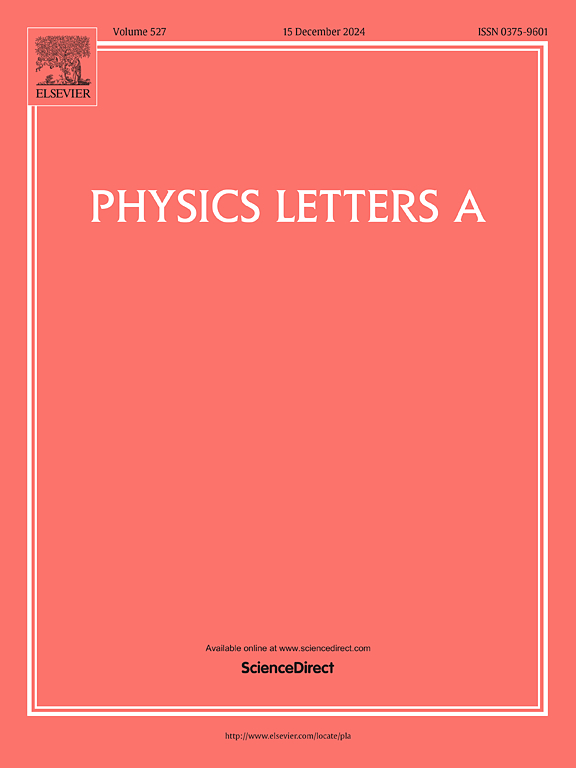Perspectives on quantum friction, self-propulsion, and self-torque
IF 2.3
3区 物理与天体物理
Q2 PHYSICS, MULTIDISCIPLINARY
引用次数: 0
Abstract
This paper provides an overview of the nonequilibrium fluctuational forces and torques acting on a body either in motion or at rest relative to another body or to the thermal vacuum blackbody radiation. We consider forces and torques beyond the usual static Casimir-Polder and Casimir forces and torques. For a moving body, a retarding force emerges, called quantum or Casimir friction, which in vacuum was first predicted by Einstein and Hopf in 1910. Nonreciprocity may allow a stationary body, out of thermal equilibrium with its environment, to experience a torque. Moreover, if a stationary reciprocal body is not in thermal equilibrium with the blackbody vacuum, a self-propulsive force or torque can appear, resulting in a potentially observable linear or angular terminal velocity, even after thermalization.
求助全文
约1分钟内获得全文
求助全文
来源期刊

Physics Letters A
物理-物理:综合
CiteScore
5.10
自引率
3.80%
发文量
493
审稿时长
30 days
期刊介绍:
Physics Letters A offers an exciting publication outlet for novel and frontier physics. It encourages the submission of new research on: condensed matter physics, theoretical physics, nonlinear science, statistical physics, mathematical and computational physics, general and cross-disciplinary physics (including foundations), atomic, molecular and cluster physics, plasma and fluid physics, optical physics, biological physics and nanoscience. No articles on High Energy and Nuclear Physics are published in Physics Letters A. The journal''s high standard and wide dissemination ensures a broad readership amongst the physics community. Rapid publication times and flexible length restrictions give Physics Letters A the edge over other journals in the field.
 求助内容:
求助内容: 应助结果提醒方式:
应助结果提醒方式:


